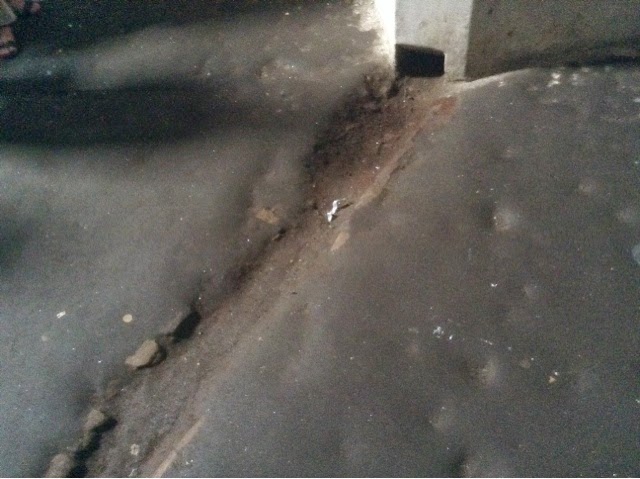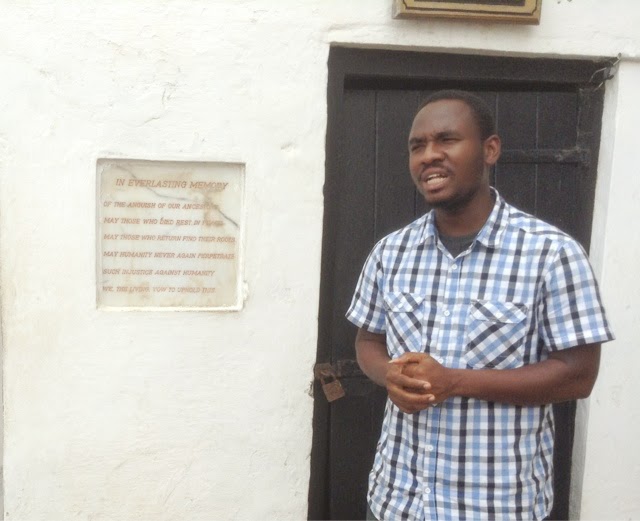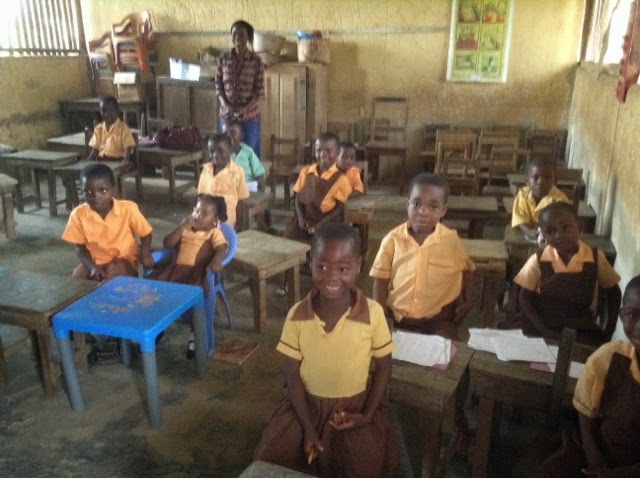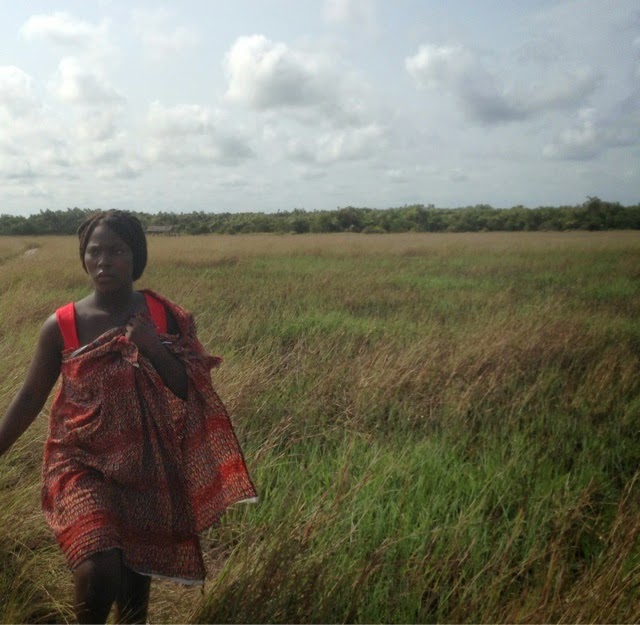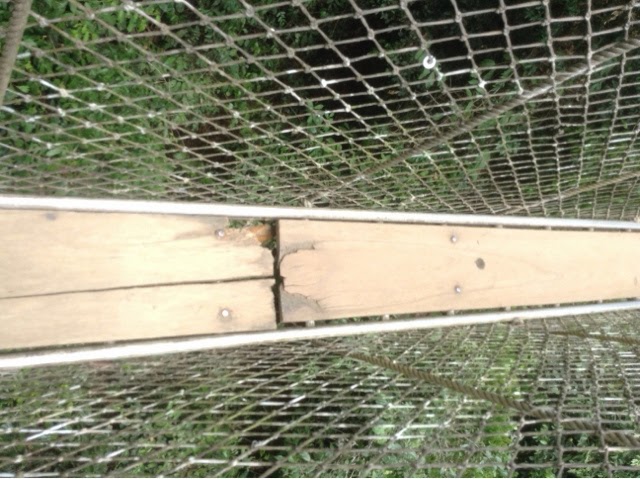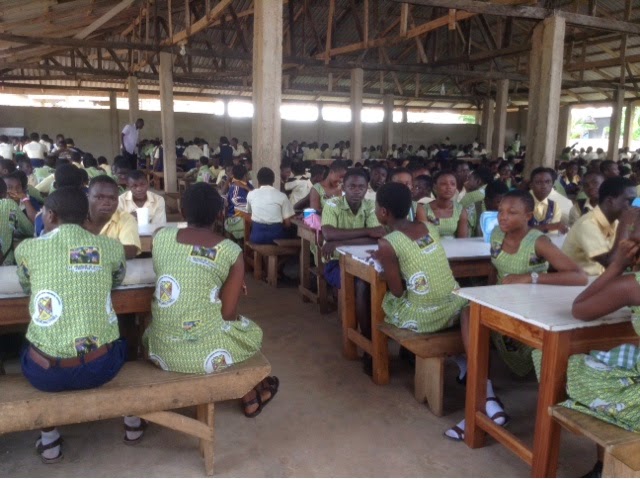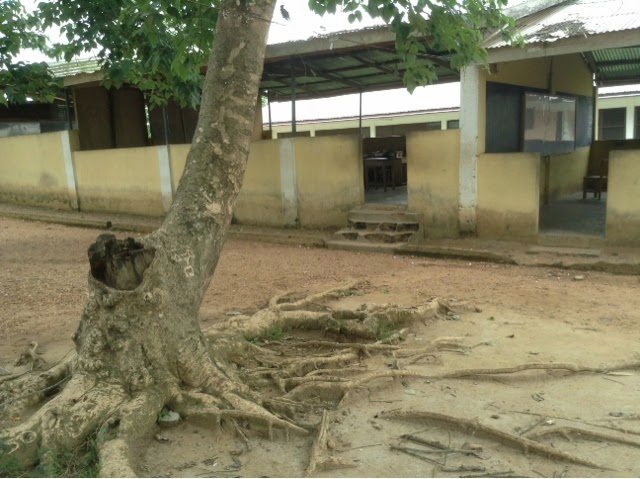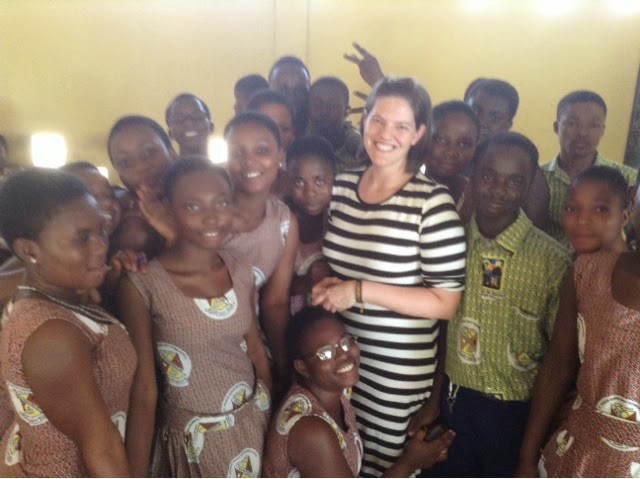Essential Question and Guiding
Questions for International Travel
My original essential question
focused on the effect of AIDS and other epidemics on student achievement. In
other words, were students missing a significant amount of school as a result
of a virus? This could include missing school because they were sick, or having
to miss school because a family member is sick and they have to stay home to
care for them or take on their responsibilities. I chose this question because
I wanted to understand what the AIDS epidemic and other infections look like
through the eyes of a student. Is it as much of a disruption to them as it is
made out to be in the United States? When I teach AIDS viruses in my biology
class, we look at statistics on sub-Saharan Africa and the numbers are
astounding. Based on those numbers I was curious how it affects education,
specifically student achievement. I have included some data about the AIDS
epidemic specific to Ghana. The data was obtained from UNAIDS.org
|
Total Population
|
25,000,000
|
|
AIDS Prevalence among adults 15-49 (2014)
|
1.3 % *
|
|
AIDS Prevalence among adults 15-49 (2011)
|
2.1 %
|
|
AIDS prevelance in urban city Agomanya (2012)
|
10.1%
|
|
AIDS prevelance among 15-24 year olds (2012)
|
1.3%
|
|
# of adults and children living with HIV (2012)
|
235,982
|
|
# of children living with HIV (2012)
|
27,754
|
* WHO categorizes anything over 1% as an epidemic
When I got
to Ghana, I knew this would be a sensitive subject so I was trying to be very
careful about who I asked about the AIDS epidemic and how I asked about it. The
conversations started with talking about why students miss or drop out of
school and then I tried to steer it towards AIDS. As I did this, I started to
realize several things. First, no one wants to talk about it. I never found
anyone who volunteered any information or was willing to discuss it in detail
with me. Second, when I probed a bit and asked them about AIDS no one thought
it was a problem, and they do not really think about it. The most interesting
part is that there were AIDS awareness posters all over, so at some point there
was an awareness campaign, I just do not know how long ago and how effective it
was. According to the statistics, it was effective because the prevalence has
gone down, but I wonder if it will start to go up again or remain stable
because no one wants to talk about it.
AIDS was a
dead end, but I thought certainly Malaria had to affect students and I thought
people would be more willing to talk about it. I was right that people are more
willing to talk about it, but I found out it does not affect students the way I
thought it did. The most interesting conversation I had about Malaria was with
a group of high school students from St. Francis. Basically, Malaria is like
the flu for these students. If they get Malaria they get treated, miss a couple
days of school and that is the end of it. The students even pointed out one of
their friends who “gets Malaria all the time” and he is still in school and
doing fine.
Based on
this information, I modified my essential question, and instead of focusing on
one reason, I looked at the bigger picture and tried to find out what caused
students to drop out of school. The
number one reason students drop out is teen pregnancy, and the number two is a
broken home. After seeing the numbers and talking to the students, this made
perfect sense. Relationships and dating are not allowed at the school, so I
imagine that if a girl got pregnant she would have to leave the school. It also
struck me that the reasons their students drop out of school are similar to the
reasons our students drop out. We have similar problems, the difference is the
frequency and how the problems are addressed.
There are a
couple of cautions that are important to understanding this essential question
and what I found out. My sample size was very small and very specific. I did
not have a chance to talk to a large number of people so I may not have the
entire picture. Also, the school I was working with is located in a smaller
city so they do not necessarily have the same issues as a larger city where
something like AIDS might have a bigger impact. Finally, I was working with a
senior high school which is equivalent to a U.S. high school. I wonder what
this picture would look like if I focused on elementary aged children. The
group of students that I talked to did not include the kids who did not even
make it to senior high which could change this picture entirely.
Above: This is one of the few signs I saw about AIDS awareness
Above: These are some examples of the use of mosquito netting. The first picture is a dormitory where students sleep. Students are required to bring their own mosquito netting from home, it is not provided by the school. The second picture shows a table set up for a home economics class final. The students were given a menu they had to prepare and set out for the judges. There are no screens on the windows so they used netting to keep the bugs off.
Above: Everything the students do is outside or open to the outside. The first picture is a series of classrooms. The classrooms are open to the outside year round. The bottom picture is a shower at a new private school. Even in schools that have money, the students use facilities that are outside.

.jpg)





